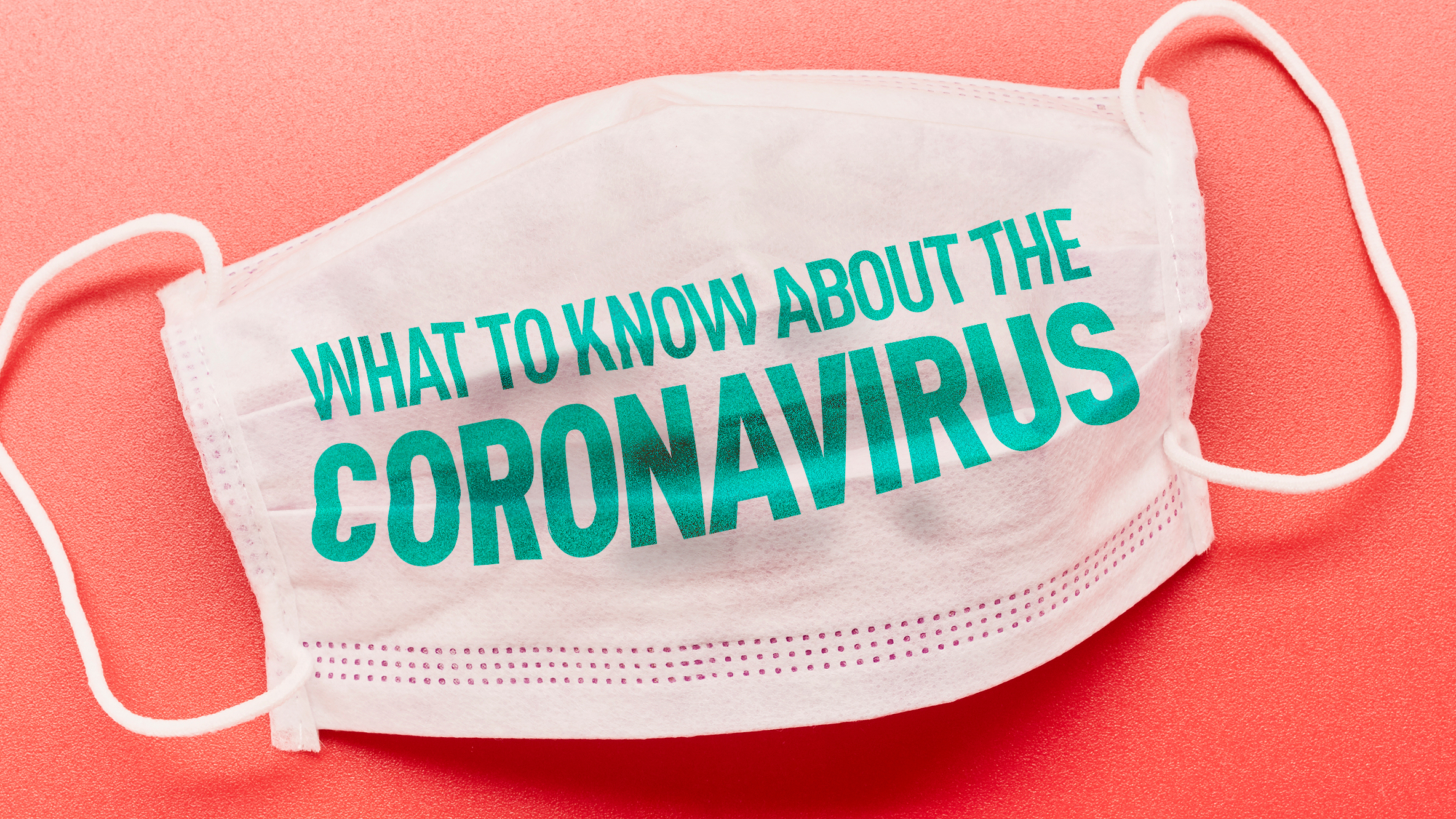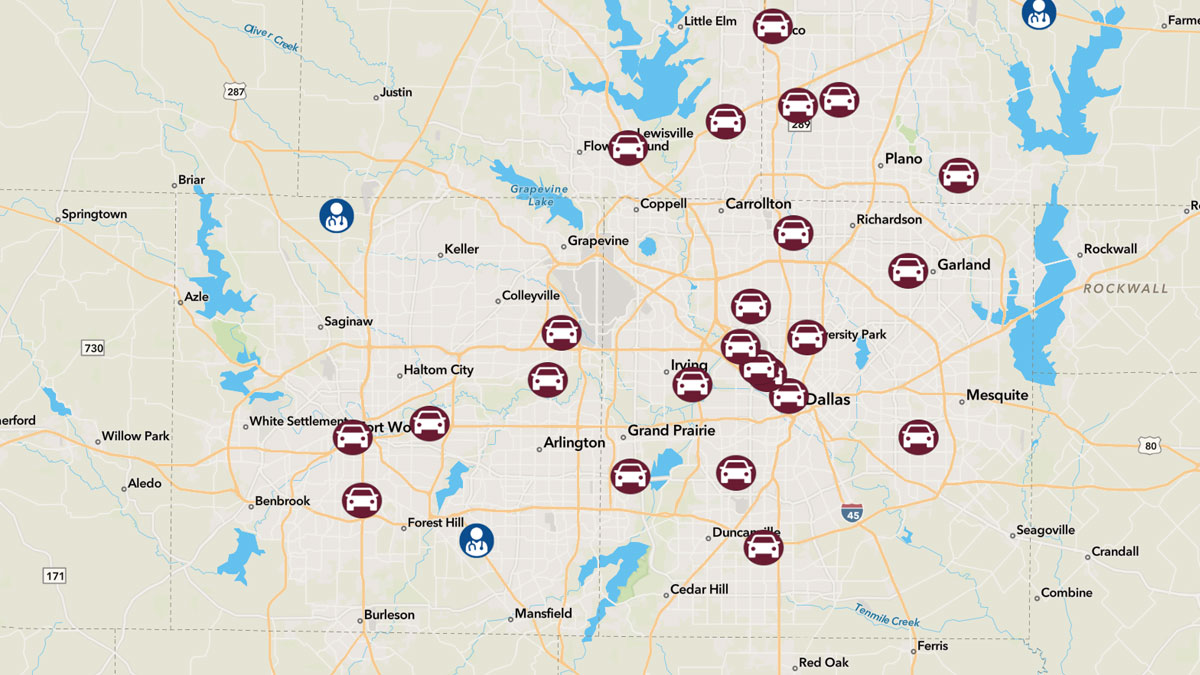Since the first case of COVID-19 was confirmed in North Texas in mid-March of 2020, NBC 5 has been tracking and sharing information released by the local and state health departments.
Data obtained from those reports is represented below in several ways to show how the virus has impacted not only North Texas but the state as a whole. The charts and graphs below displayed a number of key metrics useful in the battle against the virus.
The data powering the charts below will be updated through March 31, 2022. The data is pulled from a variety of sources including the Texas Department of State Health Services, local county health departments, the Centers for Disease Control and Prevention, the World Health Organization, and Johns Hopkins CSSE. From time to time, due to changing reporting standards, some charts may no longer be available.
COVID-19 Weekly Case Averages
Hospitalizations in Metro Areas, Statewide
The two charts below show hospitalizations of people with COVID-19 since May 31, 2020.
The first chart shows hospitalizations by metro area, according to Trauma Service Areas, with DFW in blue, Houston in red, San Antonio in gold, El Paso in green, and Austin in orange.
The second chart shows the statewide total for all TSAs. More information about TSAs can be found further down this page.
COVID-19 Vaccines
In Texas, the COVID-19 vaccines are currently available to anyone over the age of 5. The vaccines are still not approved for children younger than 5 however -- those trials are ongoing.
Once vaccinated, people who received either the Moderna or Pfizer vaccines are expected to get some level of protection within a couple of weeks after the first shot, but full protection may not happen until a couple of weeks after the second shot. For those who receive the Johnson & Johnson vaccine -- there is only one shot needed.
As of Jan. 3, 2022, it is also recommended those who are age 12 and up and who have been fully vaccinated receive a booster as early as five months after their last dose, for a total of three shots. The vaccine made by Pfizer and its partner BioNTech is the only U.S. option for children of any age.
As for even younger children, kid-size doses for 5- to 11-year-olds rolled out in November and experts said healthy youngsters should be protected after their second dose for a while. But the FDA also said on Jan. 3, 2022, that if children that young have severely weakened immune systems, they will be allowed a third dose 28 days after their second. That’s the same third-dose timing already recommended for immune-compromised teens and adults.
Pfizer and Moderna are studying their vaccines, in even smaller doses, for children younger than 5.
Even when fully vaccinated, it's still possible to become infected by the virus since none of the vaccines offer 100% protection from infection. With that in mind, even if you've been vaccinated it's still a good idea to wear a mask and keep some separation between strangers or those whose vaccination status is unclear.
Texas COVID-19 Positivity Rate, Testing
In the early days of the pandemic, Texas Gov. Greg Abbott said the positivity rate is one of the metrics he relied on to determine the spread of COVID-19 because it showed the daily percentage of COVID-19 tests that are positive. The state health department eventually separated the positivity rate into two groups, molecular and antigen, reporting them based on the type of diagnostic test used. Information on each test is below, including the positivity rates of each and the number of tests performed by day.
What is a TSA and How Did They Affect Shutdowns and Restrictions?
A past executive order issued by Gov. Greg Abbott laid out a red line: When COVID-19 patients make up 15% or more of a hospital region’s capacity for seven straight days, a series of mandatory limits will activate with few exceptions.
The chart below shows historical data of the percentage of COVID-19 patients in various TSA regions that are part of North Texas. To learn more about TSAs and how they affect shutdowns, click here.
**Once TSA-E, the TSA in North Texas, was back in green, the chart below no longer needed to be updated. Should the percentage rise back toward 15%, the chart will be refreshed and again updated daily.
See Case, Death Counts for North Texas, All 32 Counties
The bar graph below shows a daily breakdown of the cumulative number of new COVID-19 cases for all 32 counties in North Texas. Use the drop-down menu to change the graph to show the daily total of deaths for all 32 counties or to select either deaths or cases for any of the counties. Large spikes or drops in data generally indicate a backlog or data dump.
*Map locations are approximate, central locations for the city and are not meant to indicate where actual infected people live.
Confirmed COVID-19 Cases Across Texas
We have also been gathering data from across the state, to show how the pandemic has spread not only across Dallas-Fort Worth but across the state of Texas as well. That data can also show
Click on the red circles in the map below to see county-specific information on population, cases per 10,000 residents as well as the confirmed number of COVID-19 cases and the number of deaths. Data in this map is updated once per day.
Case data was pulled from a variety of sources including county health departments and the Texas Department of State Health Services.
Confirmed COVID-19 Cases Worldwide
The data in the map below shows the impact of the virus from a worldwide perspective. Clicking on a circle below will show you the total case count and the number of deaths attributed to the virus for each country.
For the latest information, check out the CDC's website, as well as the World Health Organization's site. State and city governments are also sharing phone numbers for local hotlines and other resources. Follow all of our coronavirus coverage here.
Want more info? Check out our Guide to the Coronavirus Pandemic here.


